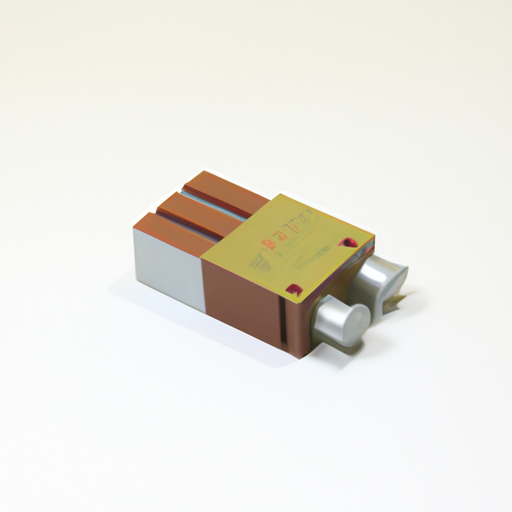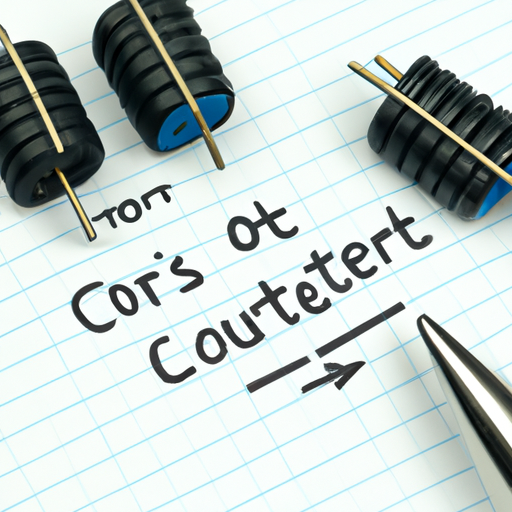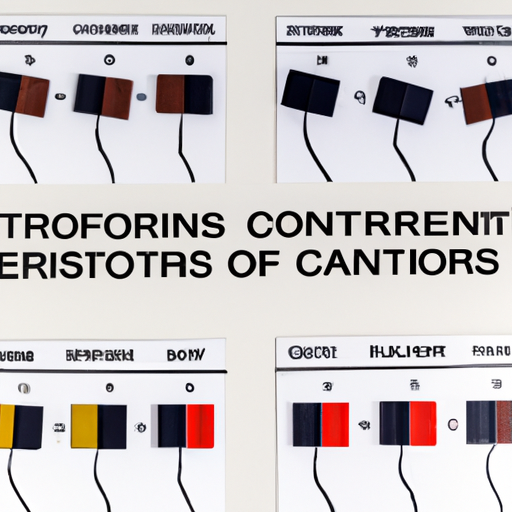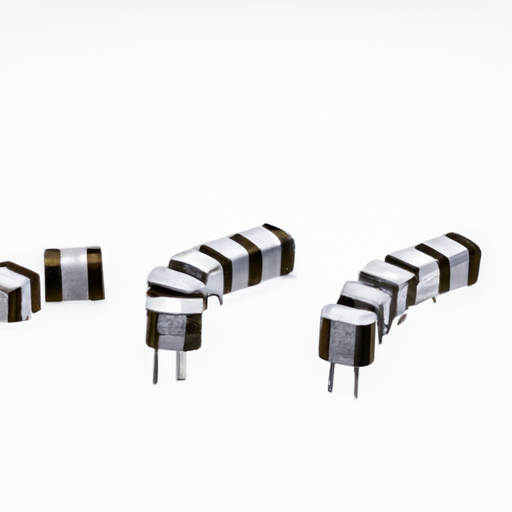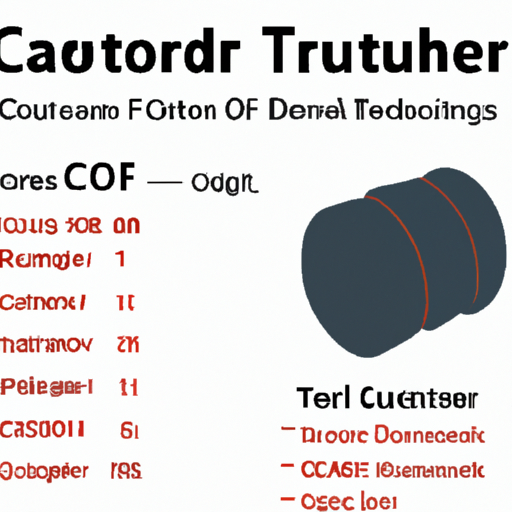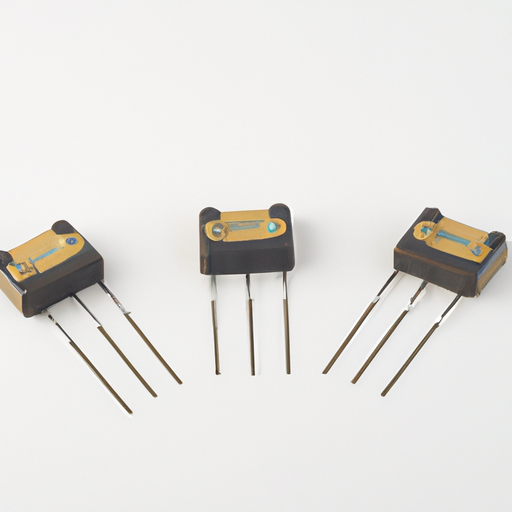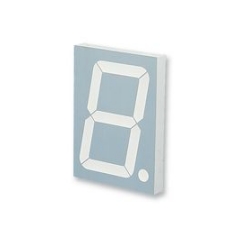The latest inductor design What are the procurement models for equipment components?
The Latest Inductor Design and Procurement Models for Equipment Components
I. Introduction
Inductors are fundamental components in electronic circuits, playing a crucial role in energy storage, filtering, and signal processing. As the demand for more efficient and compact electronic devices grows, the design of inductors has become increasingly important. This blog post will explore the latest advancements in inductor design and the various procurement models for equipment components, providing insights into how these elements are evolving in the modern electronics landscape.
II. Understanding Inductor Design
A. Basic Principles of Inductors
At its core, an inductor is a passive electrical component that stores energy in a magnetic field when electric current flows through it. The inductance, measured in henries (H), quantifies the inductor's ability to store this energy. The inductance value is influenced by several factors, including the number of turns in the coil, the core material, and the geometry of the inductor.
Inductors come in various types, including air core, iron core, and ferrite core inductors. Each type has its unique characteristics and applications, making it essential for designers to choose the right inductor for their specific needs.
B. Key Parameters in Inductor Design
When designing inductors, several key parameters must be considered:
1. **Inductance Value**: This is the primary specification that determines how much energy the inductor can store.
2. **Current Rating**: The maximum current the inductor can handle without overheating or saturating.
3. **DC Resistance**: The resistance of the inductor when a direct current flows through it, which affects efficiency.
4. **Saturation Current**: The point at which the inductor can no longer store additional energy, leading to a drop in inductance.
C. Recent Advancements in Inductor Technology
Recent advancements in inductor technology have focused on miniaturization and high-frequency performance. As electronic devices become smaller and more complex, the demand for compact inductors that can operate efficiently at high frequencies has increased. Innovations such as nanocrystalline cores and integrated inductors within integrated circuits (ICs) have emerged, allowing for improved performance in limited spaces.
III. The Role of Inductors in Modern Electronics
A. Applications of Inductors in Various Sectors
Inductors are utilized across a wide range of sectors, including:
1. **Power Electronics**: Inductors are essential in power supplies, converters, and inverters, where they help manage energy flow and improve efficiency.
2. **Telecommunications**: In inductive coupling and filtering applications, inductors play a vital role in signal integrity and noise reduction.
3. **Automotive Electronics**: With the rise of electric vehicles, inductors are crucial in battery management systems and electric drive systems.
4. **Consumer Electronics**: From smartphones to home appliances, inductors are integral to various devices, ensuring stable operation and performance.
B. Challenges Faced in Inductor Design
Despite their importance, inductor design comes with challenges:
1. **Thermal Management**: As inductors handle significant current, managing heat dissipation is critical to prevent failure.
2. **Electromagnetic Interference (EMI)**: Inductors can generate EMI, which can disrupt the operation of nearby components. Designers must implement strategies to mitigate this issue.
3. **Cost Constraints**: Balancing performance with cost is a constant challenge, especially in competitive markets.
IV. Procurement Models for Equipment Components
A. Overview of Procurement Models
The procurement of equipment components, including inductors, can follow various models:
1. **Traditional Procurement**: Involves direct purchasing from suppliers, often with longer lead times and less flexibility.
2. **Just-in-Time (JIT) Procurement**: A strategy that minimizes inventory costs by ordering components only as needed, reducing waste and storage costs.
3. **Vendor-Managed Inventory (VMI)**: Suppliers manage inventory levels, ensuring that components are available when needed without the buyer having to maintain large stock levels.
4. **E-Procurement**: The use of online platforms to streamline the procurement process, enhancing efficiency and transparency.
B. Factors Influencing Procurement Decisions
Several factors influence procurement decisions, including:
1. **Cost Considerations**: Price remains a primary factor, but total cost of ownership, including shipping and handling, must also be considered.
2. **Lead Times and Delivery Schedules**: Timely delivery is crucial for maintaining production schedules, making lead times a significant consideration.
3. **Quality Assurance and Supplier Reliability**: Ensuring that suppliers meet quality standards and can deliver consistently is vital for maintaining product integrity.
C. The Role of Technology in Procurement
Technology plays a pivotal role in modern procurement practices:
1. **Supply Chain Management Software**: These tools help organizations manage their supply chains more effectively, improving visibility and coordination.
2. **Data Analytics for Supplier Selection**: Analyzing supplier performance data can help organizations make informed decisions about which suppliers to engage.
3. **Blockchain for Transparency and Traceability**: Blockchain technology can enhance transparency in the supply chain, allowing for better tracking of components and ensuring compliance with regulations.
V. Best Practices in Inductor Procurement
A. Evaluating Suppliers and Manufacturers
When procuring inductors, it is essential to evaluate potential suppliers thoroughly:
1. **Assessing Technical Capabilities**: Understanding a supplier's technical expertise and production capabilities is crucial for ensuring they can meet design specifications.
2. **Understanding Production Processes**: Familiarity with a supplier's manufacturing processes can help identify potential issues and ensure quality.
3. **Quality Certifications and Standards**: Suppliers should adhere to industry standards and possess relevant certifications to guarantee product quality.
B. Building Long-Term Supplier Relationships
Establishing strong relationships with suppliers can lead to better collaboration and communication:
1. **Importance of Collaboration and Communication**: Open lines of communication can help address issues quickly and foster innovation.
2. **Strategies for Negotiation and Contract Management**: Effective negotiation strategies can lead to favorable terms and conditions, benefiting both parties.
C. Sustainability Considerations in Procurement
Sustainability is becoming increasingly important in procurement practices:
1. **Eco-Friendly Materials and Processes**: Sourcing components made from sustainable materials can reduce environmental impact.
2. **Corporate Social Responsibility (CSR) in Supplier Selection**: Evaluating suppliers based on their CSR practices can align procurement strategies with broader organizational values.
VI. Future Trends in Inductor Design and Procurement
A. Emerging Technologies in Inductor Design
The future of inductor design is likely to be shaped by emerging technologies:
1. **AI and Machine Learning in Design Optimization**: These technologies can enhance design processes, leading to more efficient and effective inductors.
2. **3D Printing and Additive Manufacturing**: These methods can enable rapid prototyping and customization of inductors, allowing for innovative designs.
B. Evolving Procurement Strategies
Procurement strategies are also evolving in response to changing market dynamics:
1. **Increased Focus on Sustainability**: As environmental concerns grow, procurement practices will increasingly prioritize sustainability.
2. **Global Supply Chain Dynamics Post-Pandemic**: The COVID-19 pandemic has highlighted vulnerabilities in global supply chains, prompting organizations to rethink their procurement strategies.
C. The Impact of Geopolitical Factors on Procurement
Geopolitical factors can significantly influence procurement practices, affecting supply chain stability and costs. Organizations must remain agile and adaptable to navigate these challenges effectively.
VII. Conclusion
In conclusion, the design of inductors and the procurement models for equipment components are critical aspects of modern electronics. As technology continues to advance, the need for innovative inductor designs and efficient procurement strategies will only grow. By staying informed about the latest trends and best practices, organizations can ensure they remain competitive in an ever-evolving market.
VIII. References
1. Academic journals and articles on inductor design.
2. Industry reports on procurement models.
3. Books and resources on electronics and supply chain management.
This blog post provides a comprehensive overview of the latest inductor design and procurement models, highlighting the importance of both in the context of modern electronics. By understanding these elements, professionals in the field can make informed decisions that drive innovation and efficiency.

